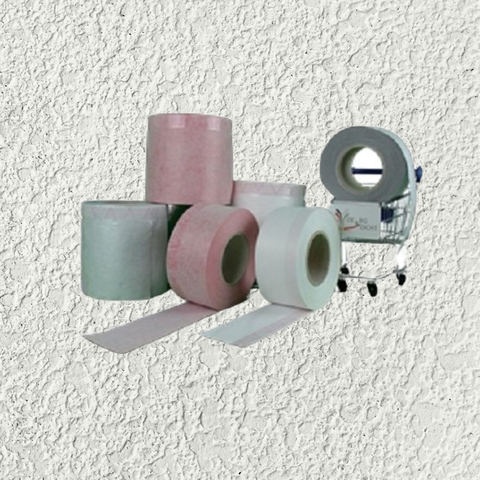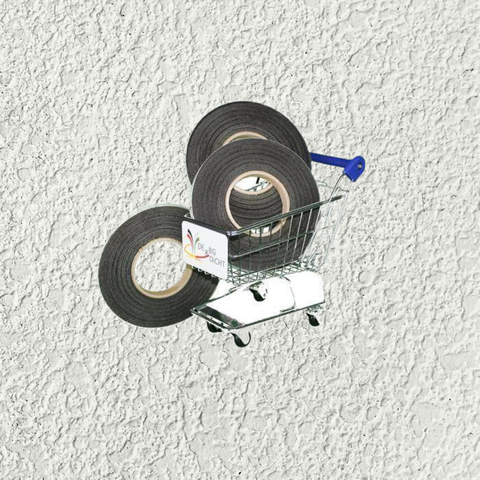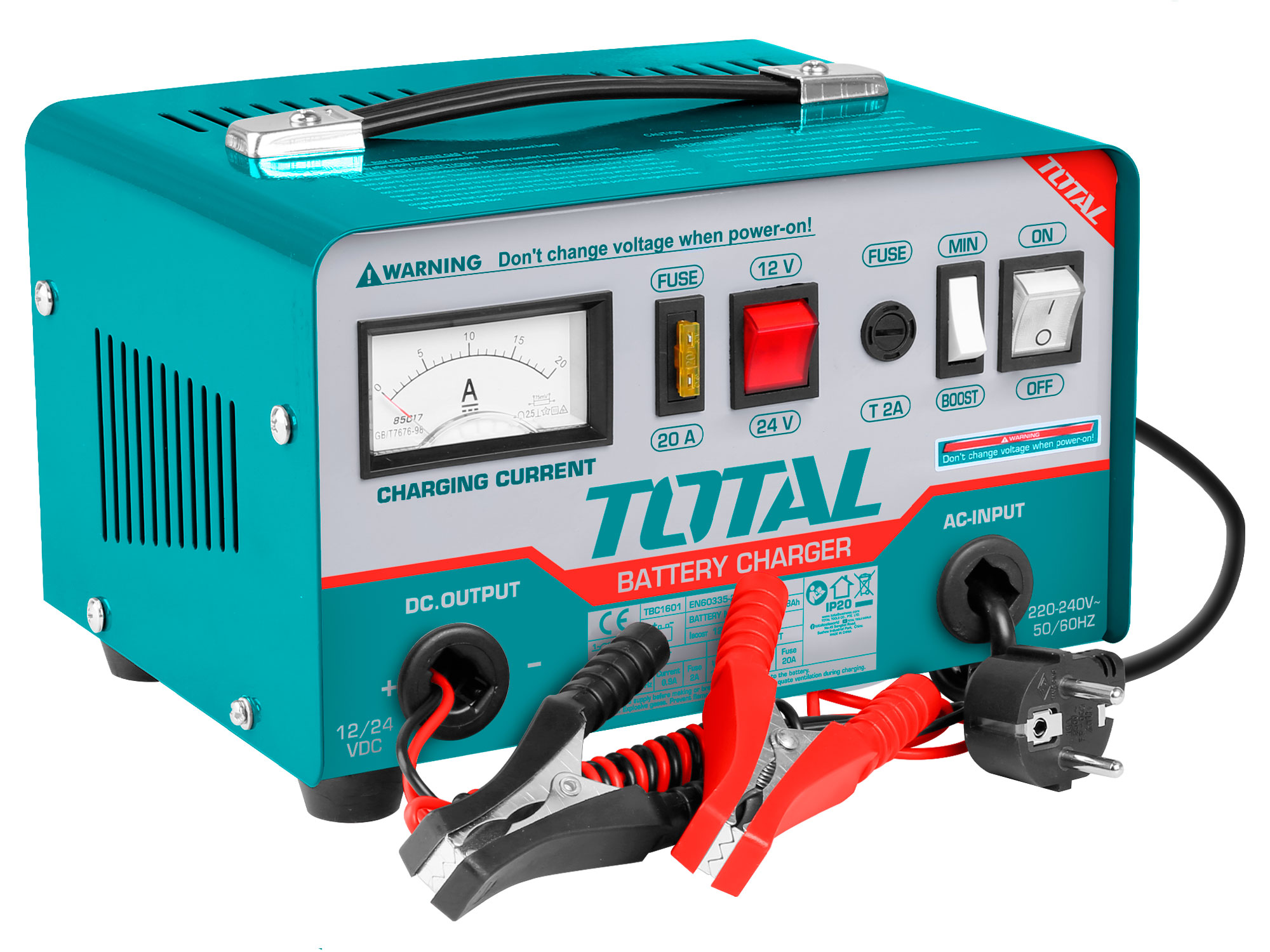Processing instructions and application information for adhesive tapes in generalGeneral
These processing instructions are intended to provide the user with the necessary application information when using adhesive tapes. technical information for the application of adhesive tapes. If these instructions are not sufficient for the individual application
or additional information is required to optimise the use of the adhesive tape, please ask for our advice.
Processing temperature
The most favourable processing temperatures (object temperature and processing temperature) are between +15 °C and +30 °C. Bonding below these temperatures is not recommended. Exceptions are special types of adhesive, which can also be processed at low temperatures.
Please note:
Below the recommended processing temperatures, the adhesive may become too hard, meaning that it cannot achieve the optimum adhesion values. If the adhesive tape has been brought from a cold storage room into a warmer production room, it must be given sufficient time to acclimatise so that water vapour from the air cannot condenseon the adhesive surface . The same applies to the substrates to be bonded.
Surface cleaning
In order to achieve and utilise the characteristic values specified in the data sheet, the surfaces to be bonded must be be dry, dust-free and free of release agents and oils. Material-compatible solvents such as petrol or alcohol should be used as cleaning agents
.
the manufacturer's safety instructions. The cleaning cloth must be lint-free and should only be used once After cleaning, do not touch the adhesive surface with your fingers.
Surface properties
Good adhesion is achieved on smooth surfaces, rough surfaces require thicker adhesive tapes. Problem-free bonding partners are metals, glass, rigid PVC, polycarbonate and ABS. Critical bonding partners are PP and PE, powder coatings, rubber, plastics with lubricants, soft PVC and silicones
. Please note:
Porous surfaces (e.g. concrete) or fibrous materials (e.g. wood) require surface sealing before they can be bonded. can be bonded. Bonding to soft PVC requires a primer or special adhesive tapes to minimise the consequences of possible plasticiser migration.
Pressure
The adhesive tape must be pressed firmly onto the material surface using a pressure roller or squeegee. Hard adhesives require a higher pressure force than soft adhesives in order to develop the necessary adhesive strength.
Load
As a general rule, constructions that generate a splitting load or peeling stress should be avoided. Shear and Tensile loads must be able to be distributed over the entire bonding surface. Stresses at the ends of the joining partners must be avoided.
Please note:
Permanent stresses impair the strength of the bond. The bonded joint should not be loaded for at least 24 hours.
Storage
The material must be stored packaged in the original carton at room temperature and a relative humidity of approx. 60% and protected from direct sunlight. should be protected from direct sunlight. The shelf life can be found in the corresponding data sheet. Suitability test. All details and technical information are based on laboratory tests or specifications from our material suppliers. They have been determined to the best of our knowledge; however, we cannot guarantee their completeness and accuracy. It is necessary to check the suitability of the product for the individual application before use. Questions regarding warranty and liability for this product are governed by our general terms and conditions, unless otherwise provided by law.




_400x400.webp?ts=1735165250)




